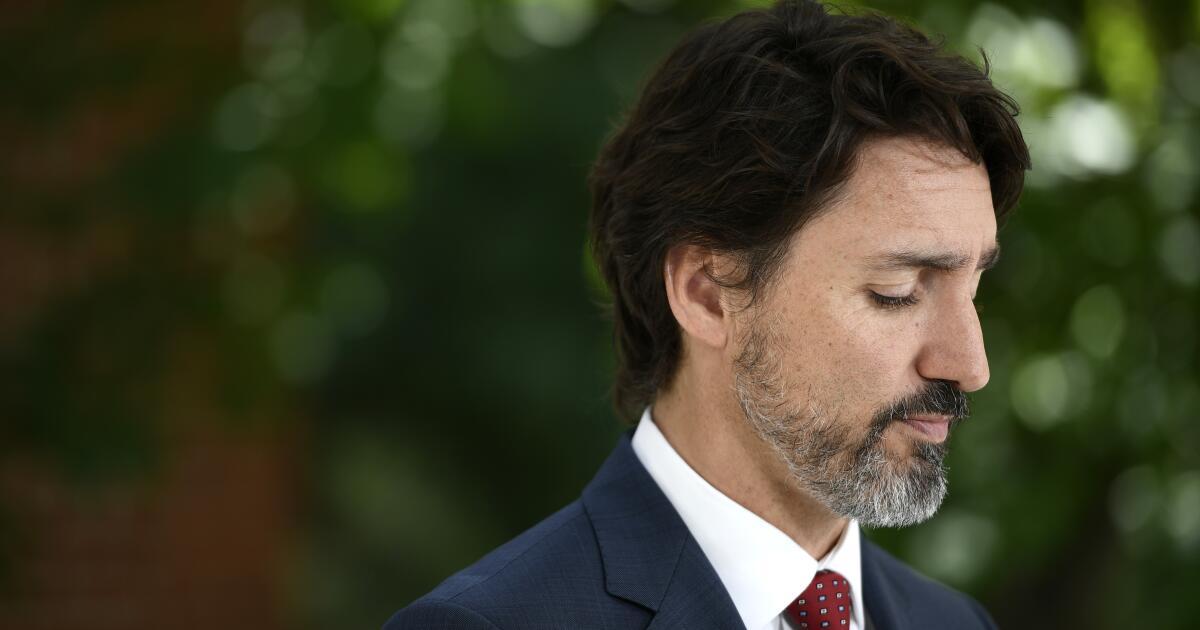Horoscope
Canada’s govt and Central Bank at odds over immigration numbers

Toronto: While the Canadian Government has said it aims to reduce temporary immigration, the country’s central bank has stated that those numbers are actually likely to increase.
On March 21, Immigration, Refugees and Citizenship Canada (IRCC) had announced its intent to curb the intake of non-permanent residents or NPRs to reduce their share of the population from 6.2 per cent to 5 per cent over three years.
However, in its Monetary Policy Report released on Wednesday, Bank of Canada (BoC) offered a distinctly different read of the situation, as it said, “Overall, this implied that the annual population growth rate would decline by about 2 percentage points in 2025 and 2026.
NPRs represented 6.8 per cent of the population at the beginning of April — much higher than at the time of the March announcement — and the share is expected to continue rising over the near term. This suggests that it will take longer for planned policies to reduce NPR inflows to achieve the 5 per cent target.”
NPRs comprise international students, temporary workers and refugees with the first category contributing the bulk.
The Bank also revised upwards its forecast for population increase given that net inflows of NPRs has not been mitigated despite Ottawa’s pronouncements. In April, it had projected that population growth of people aged 15 and older was assumed to slow from 3.3 per cent in the first half of 2024 to 1.0 per cent on average over 2025 and 2026. Now, those projections have changed.
“Overall, population growth of people aged 15 and older is now assumed to be 3.3 per cent in 2024 and 1.7 per cent in 2025–26. Compared with the April Report, this is higher by 0.2 percentage points in 2024, 0.7 percentage points in 2025 and 0.6 percentage points in 2026,” the BoC noted. “Considerable uncertainty continues to surround the future path of net NPR flows,” it added.
The first five months of 2024 have seen an increase in the number of study permit approvals to 216,620 from 200,505 for the same period in 2023.
In January, IRCC announced that it will implement an intake cap on the number of applications accepted for study permits for international students which was expected to result in a reduction of 35 per cent in those numbers this year as compared to 2023. “For 2024, the cap is expected to result in approximately 360,000 approved study permits, a decrease of 35 per cent from 2023,” IRCC noted in a release at the time.
On March 21, Immigration, Refugees and Citizenship Minister Marc Miller announced the government’s target to “decrease in our temporary residents population to 5 per cent over the next three years.”
The announcements from the government were driven by skyrocketing shelter costs, from housing prices to rentals, along with pressure on health and other infrastructure due to the explosive rise in temporary immigration.
Of the 682,430 study permits issued by Canada in 2023, Indian students accounted for 278,335. So far, in 2024, Canada has issued 216,620 study permits with Indians availing of 91,510 of them.










